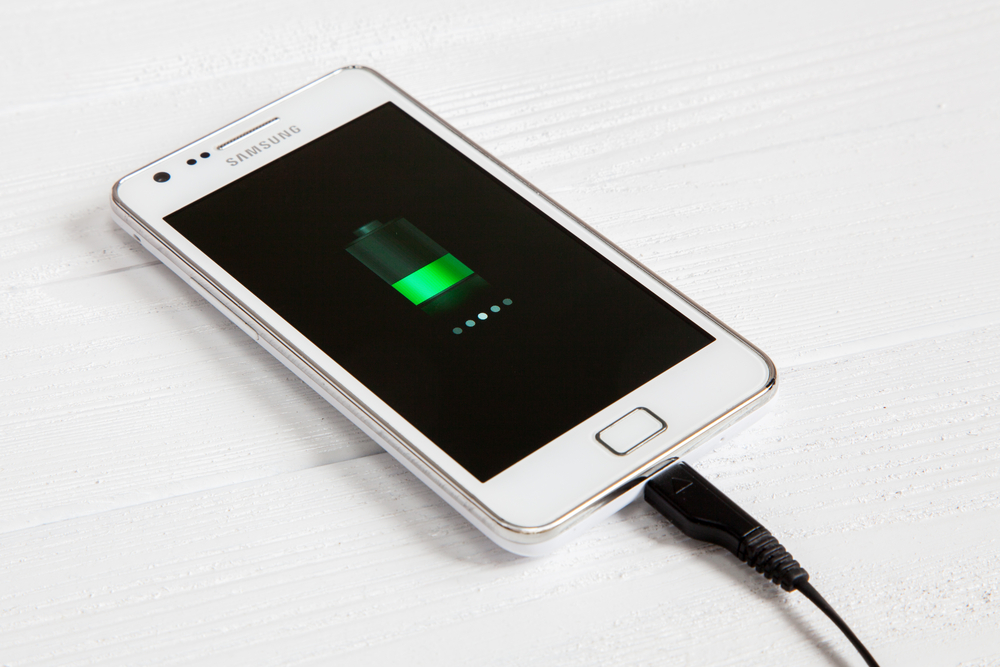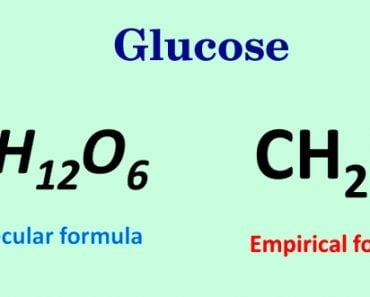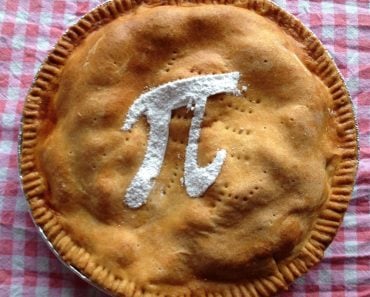Table of Contents (click to expand)
Percentage error is defined as the difference between a measured value and the known or expected value, which is then divided by the known or expected value, and then multiplied by 100. The value obtained after this is the percentage error.
The word ‘percentage’ is derived from a Latin word ‘per centum’, which means by 100. The standard symbol used to represent percent or percentage is ‘%’, which evolved by the gradual contraction of the Italian word ‘per-cento’, which means ‘for a hundred’.

According to the Cambridge dictionary, the term percentage means “an amount of something, often expressed as a number out of 100.”
Error, in the context of mathematics, means the deviation of any value from the desired value, or what is expected to be the desired result. The percentage error is very significant in the conduction of a census, surveys, GDP (Gross Domestic Product) or HDI (Human Development Index) comparisons, etc.
Recommended Video for you:
Calculation Of Percentage Error
The textbook definition of percentage error is “the value of the difference between a measured value and the known or actual value (absolute value is taken into consideration) divided by the known or actual value and then multiplying the obtained value by 100.”
The formulation is done following the given steps:
- Subtract the measured value from the actual value.
- Absolute value or ‘modulus’ (ӏmodӏ) of the obtained value is considered.
- Divide the obtained value by the actual value.
- Multiply the result by 100.
The formula for this process is as follows:
Percentage Error = (Actual Value – Measured Value) ×100
Actual Value
The percentage error can either be in terms of percent increment or percent decrement.
Taking a classical textbook example of percentage error –
In a class of twenty students, 16 pass the exam, whereas the remaining don’t. While uploading the marks, the teacher makes a mistake and lists only 13 students as passing students i.e., failing 3 students. What is the percentage error in the number of students who passed the exam?
So, as given in the question, we have a total of 20 students.
The number of students who passed the exam = 16
The number of students who were listed as passed = 13
Here, the actual value = 16 and the measured value = 13, so:
Pass % Error = ((16-13)/16) *100
= 18.75%
Now, one might wonder why the concept of percentage error is being used when numbers themselves are sufficient for expressing and providing the needed information, as in the above example, when we knew that the teacher failed 3 more students.
The doubt is genuine and with an example, the doubt can be easily clarified.
Also Read: Can The Area Of A Circle Ever Be Exactly Determined Since Pi Goes On Forever?
Why Calculate Percentages And Rectify Errors?
We all use smartphones, and battery life is a very important factor in choosing one, right? A phone’s battery life depends on various factors, such as the apps being used (whether they are high battery consuming or not), the brightness of the screen, etc. Note that the given entities don’t depend on each other (e.g., brightness and the app being used having no connection to each other). With that in mind, how can we group these and measure the battery life, which depends to a different extent on different entities?

This is where the concept of percentage comes into focus, as percentages are useful in comparing information where the samples are different. Thus, by converting different data into percentages, they can easily be compared. That’s why the battery life of any device is represented in percentage.
When we buy a new smartphone, the battery life usually lasts for a day (different models have a different amount of battery life), but as time passes, over the years, the battery life of the smartphone drops significantly. How can we learn about that statistic? Simple… by the battery’s percentage error!
Initially, the battery life was one day, but is now less than half a day. Therefore, talking in mathematical terms, we say that the phone’s battery life is deteriorating, because for example, it initially worked for 24 hours after being charged to 100%, but it has now reduced to a period of less than 12 hours.
Using the percentage error formula, we have:
Initial working period when charged 100% = 24 hours
Current working period when charged 100% = 12 hours
Hence, % error = ((24-12)/24) *100
= 50%
This tells us that there is a percentage error of 50% in battery life over years, i.e., a reduction of 50% in the battery life.
Also Read: How Did Decimals Evolve And Why Do We Need Them?
Conclusion
Percentage error helps in making data organized and more presentable. It is of immense importance when it comes to comparing different entities influencing a common phenomenon. Needless to say, it’s one of the most important topics in mathematics and has applications in various fields, including data analysis and in the conduction of surveys.
References (click to expand)
- PERCENTAGE | English meaning - Cambridge Dictionary. The Cambridge Advanced Learner's Dictionary
- Sign in to your account - login.windows.net:443
- Calculate Percent Error - Science Notes. sciencenotes.org
- Percent Difference – Percent Error - www.phy.ilstu.edu:80
- 250 i-1 introduction percent error and percent difference. College of San Mateo
- Imaging the Universe | The University of Iowa - astro.physics.uiowa.edu












